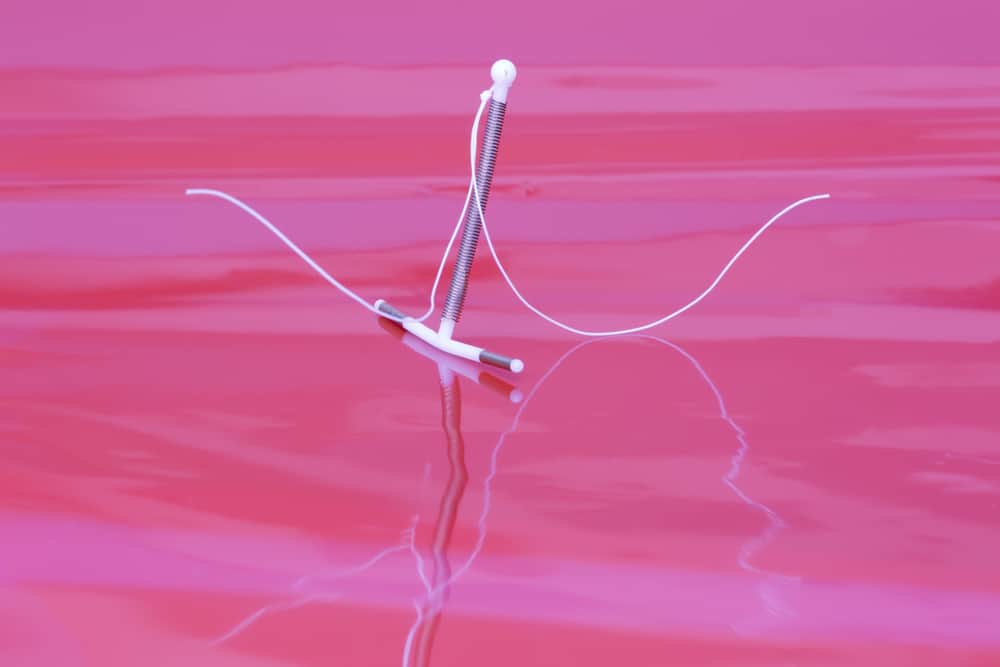Contents:
- Medical Video: IUI | Artificial Insemination | Unexplained Infertility | Manipal Hospitals
- Examination before starting the artificial insemination process
- Ovarian Stimulation
- Preparation of sperm for artificial insemination
- Inserting sperm during artificial insemination
- Can you get pregnant immediately after artificial insemination?
Medical Video: IUI | Artificial Insemination | Unexplained Infertility | Manipal Hospitals
Artificial insemination or intrauterine insemination (IUI) is one alternative for those of you who want to have children. Artificial insemination is done by "washing" sperm from a man's semen to get the best sperm. The sperm is then inserted through a catheter. This catheter will be connected to the cervix to go directly to the uterus, where sperm will be stored. After that the sperm will automatically find a way to reach the fallopian tube and find the egg.
That is a simple explanation of artificial insemination. However, the actual process of artificial insemination is long and requires careful preparation. The following is a more complete explanation.
Examination before starting the artificial insemination process
The doctor will usually do several checks before the artificial insemination process. This is to find out whether there are certain health conditions that might affect fertility. In addition, to ensure the success of the artificial insemination process. Some tests that are generally recommended before doing artificial insemination include:
- Sperm analysis. If a person does not have enough high-quality sperm in his semen, the possibility of fertilization through artificial insemination is almost non-existent. Therefore, doctors will recommend doing sperm analysis first.
- Pelvic ultrasound. This is done to ensure that your fallopian tubes are not blocked or blocked by anything. If the fallopian tube is blocked, the egg cannot walk into the uterus and the possibility of pregnancy is absent.
- Hormone test. Testing several different hormones in the blood can help doctors identify whether a woman has enough hormones in her body to ovulate.
Ovarian Stimulation
Ovarian stimulation is done by consuming or injecting fertility drugs on your body. Oral fertility drugs commonly recommended by doctors are clomid or letrozole. Clomid promotes the release of hormones from the pituitary gland which stimulates the body to release luteinizing hormone (LH) and follicle stimulating hormones. These hormones help encourage the release of eggs and also encourage the eggs to mature.
In addition, doctors may also recommend using gonadotropin (hCG) injections. This is a hormone replication in the body that can trigger a woman's ovarian follicles to release eggs. Sometimes a woman will carry Clomid and hCG as ovarian stimulation.
This stimulation aims to increase the number of eggs produced by your ovary. So, the more eggs you can take and fertilize during this artificial insemination process, and the greater your chances of getting pregnant.
During this ovarian stimulation, the doctor will monitor follicle growth and development by performing a blood test and ultrasound every few days. A blood test is performed to determine your estradiol level. While ultrasound is done to monitor the development of eggs in your ovary.
Monitoring is very important to determine how many doses of your drug, whether it needs to be increased or even lowered. Monitoring is also needed to determine when eggs are cooked. The process of artificial insemination will then be carried out around the time of ovulation, usually around 24-36 hours after the LH hormone surge which indicates ovulation will soon occur.
Preparation of sperm for artificial insemination
Your partner will give a sperm sample, which will be washed and prepared for artificial insemination. This sperm washing process is actually a process of selecting healthy sperm cells and not. Sperm taken only has high concentration and motility to reach the egg. This helps increase the success of artificial insemination.
In addition, the sperm washing process is also done to remove toxic chemicals that might negatively affect your body, such as causing an allergic reaction, which can later inhibit pregnancy. This process can also minimize cramps that sometimes occur after artificial insemination.
Inserting sperm during artificial insemination
Injecting the prepared sperm into your uterus is quick and almost painless. You will be asked to lie on the gynecology table, then the doctor will insert a very small catheter into your cervix. You may experience mild cramps, which are similar to what you might feel during a pap smear. The selected sperm will then be transferred to your uterus through a catheter, and finished.
The doctor may advise you to remain lying for a few moments after the artificial insemination process is complete, or you may also be able to get up immediately. You don't need to worry that sperm will leak out when you stand up. Because sperm has been transferred directly to your uterus, and you are just waiting for the results.
Can you get pregnant immediately after artificial insemination?
You might be able to wait for two weeks to see if you succeed in getting pregnant. While waiting, you should do your daily activities as usual. Don't stress yourself out by thinking about your pregnancy. After 2 weeks, you should do a pregnancy test. You can do a test for several days.
Testing too fast can produce results, namely:
- False-negative: If the pregnancy hormone is not yet at a measurable level, the test results may be negative if, in fact, you are actually pregnant.
- False-positive: If you use ovulation-producing drugs such as HCG, drugs that are still circulating in your body can indicate pregnancy when you are really not pregnant.
Your doctor may advise you to return about two weeks after the results of your home pregnancy test, to do a blood test, which is more sensitive in detecting pregnancy hormones after conception.
If you are not pregnant, you can try artificial insemination again before switching to other fertility treatments. Often, the same therapy is used for three to six months to maximize the possibility of pregnancy.












